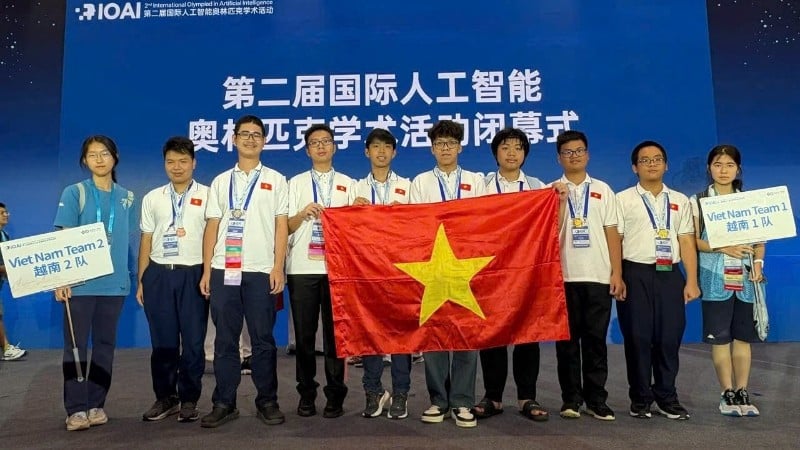
(Continued and end) (★)
Opportunities and challenges
In education , AI is opening up huge potential, a learning opportunity that cannot be missed. Many countries have advocated integrating AI into education at different levels.
In the US, some schools have used AI to suggest personalized learning plans. Singapore has used AI to help assess students' abilities. China has developed smart classrooms with data tracking systems based on students' real-time learning time.
In our country, the Prime Minister has directed research to introduce AI into early teaching for students from grade 1, showing the State's level of interest in this field, in order to actively prepare skills for future generations of digital citizens.
The involvement of AI in education is expected to create a strong transformation in teaching and learning methods. However, there are always positive and negative impacts. Associate Professor, Dr. Dang Hoai Bac (Post and Telecommunications Institute of Technology) said: The potential negative impact is that learners are at risk of dependence, reduced critical thinking, increased sophisticated academic fraud, isolation, and reduced direct social interaction.
For teachers, AI helps automate administrative tasks, support lesson design, analyze student data for timely intervention, and change the role from communicator to advisor and guide. However, AI will also put teachers at risk of being replaced in some teaching tasks, making it difficult to detect cheating in learning and exams by students.
In Vietnam today, when the “digital divide” still has many shortcomings, many experts are concerned about the increasing inequality between schools and regions with and without access to AI. Currently, about 1.5 million students nationwide do not have access to online education. Another concern is personal data security.
The collection and analysis of learners’ learning data raises concerns about the risk of misuse of personal information for commercial or surveillance purposes, while Decree No. 13/2023/ND-CP of the Government on personal data protection sets out strict requirements that educational institutions must comply with.
What to prepare for AI to enter the educational environment?
A representative of the Ministry of Science and Technology said that bringing AI into primary schools is timely, but must be done “in the right way”, starting with a clear pilot roadmap for 18-24 months. Instead of mass deployment, we will take steady steps: Carefully prepare learning materials and train teachers, pilot in some localities, and then expand nationwide based on actual results.
The action plan includes the following steps: First, equip children with 3 core competencies of global citizens: Understand what AI is, know how to use AI safely and responsibly, and have creative thinking when interacting with technology by integrating about 5-10 hours of study each year for students from grade 1, integrating into existing subjects and experiential activities.
Second, build a mandatory “safety fence” to protect children, including a fence on supervision and age, students are not allowed to freely use generative AI (GenAI) tools, all activities must take place through the school account under the direct guidance of teachers; only allow the use of AI tools in a “white list” carefully assessed by competent authorities for content, protection of student data, and age-appropriateness.
Third, we need to immediately have a standardized training program and build a core team of about 1,000 “core teachers” on AI to lead and spread experiences nationwide.
Fourth, learn from international experience intelligently, not copying mechanically, but distilling valuable lessons from leading countries such as Singapore, Estonia, South Korea, the US...
Associate Professor, Dr. Nguyen Phi Le, lecturer at the School of Information and Communication Technology (Hanoi University of Science and Technology) expressed the opinion that students should only be exposed to AI after finishing secondary school. Even AI in higher education is facing many shortcomings. Universities are competing to open AI training programs but lack teachers, experts who are considered “rare”, and infrastructure is limited.
Dr. Ro Dam Thi Bich Ngoc, Institute of Sociology and Psychology, Vietnam Academy of Social Sciences, said that it is necessary to implement strategic and synchronous solutions. First is to reform the content and methods of education, shifting the focus from simply imparting knowledge to developing high-level competencies that AI cannot replace such as critical thinking, creativity, cooperation, communication and emotional intelligence; at the same time, integrating "AI capacity" into the general education program so that students can access, use and control technology responsibly.
The State needs to invest in developing a synchronous information technology infrastructure, ensuring that all students, especially those in remote, mountainous areas, have equal access to AI-based educational technologies. Finally, the human factor requires the development and retraining of the teaching staff, so that all teachers know how to use AI, become consultants, and lead learning experiences with the support of AI, on the principle of putting learners at the center with clear ethical standards and a healthy digital environment.
In today’s digital age, an advanced education must be based on two vital factors: technological intelligence and human personality. Early access to AI in education is necessary, but must be cautious, because the goal of education is to create citizens who are both good at technology and full of love and responsibility to build the country.
It is necessary to promote the development of “made in Vietnam” AI systems for education, designed to suit Vietnamese culture, society and educational programs. When education transforms with AI, the country will take a solid step forward on the path to becoming an AI nation.
(★) See Nhan Dan Newspaper from the issue dated October 13, 2025.
Source: https://nhandan.vn/bai-2-ai-trong-day-va-hoc-post915175.html



![[Photo] The 18th Hanoi Party Congress held a preparatory session.](https://vphoto.vietnam.vn/thumb/1200x675/vietnam/resource/IMAGE/2025/10/15/1760521600666_ndo_br_img-0801-jpg.webp)




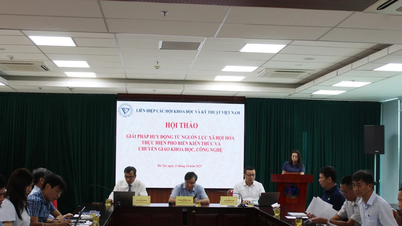

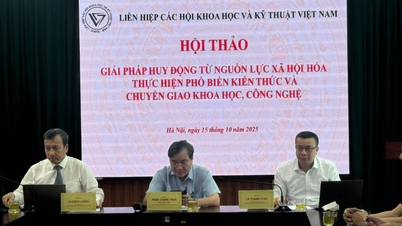
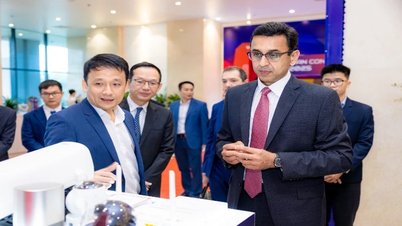



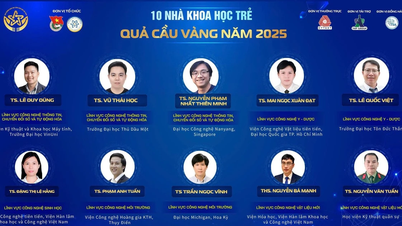




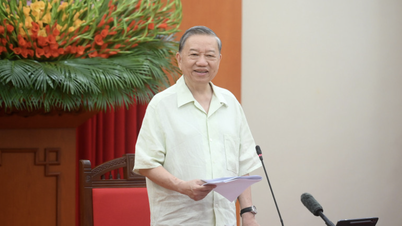



![[Photo] The 18th Hanoi Party Congress held a preparatory session.](https://vphoto.vietnam.vn/thumb/402x226/vietnam/resource/IMAGE/2025/10/15/1760521600666_ndo_br_img-0801-jpg.webp)
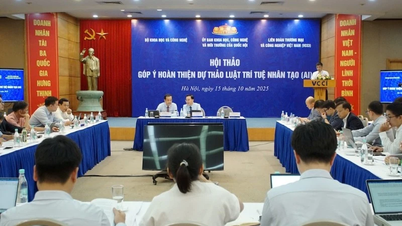


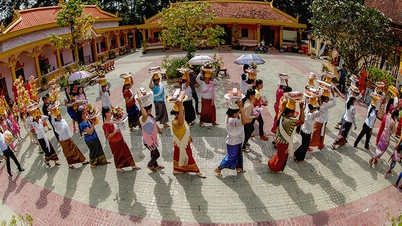


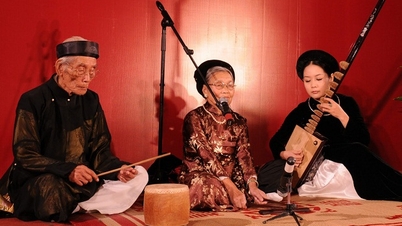




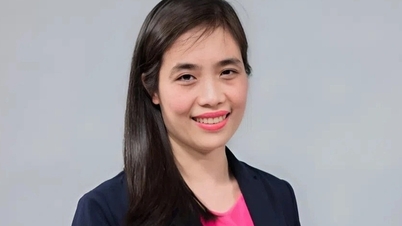

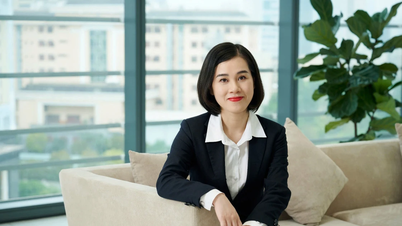

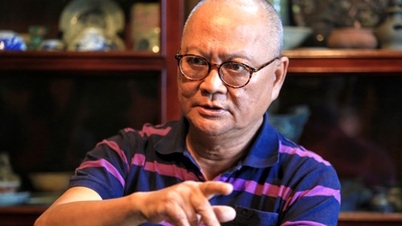






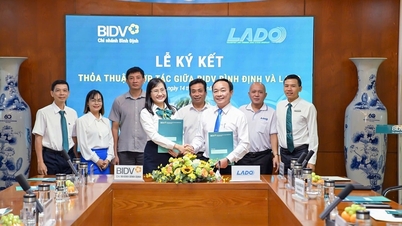












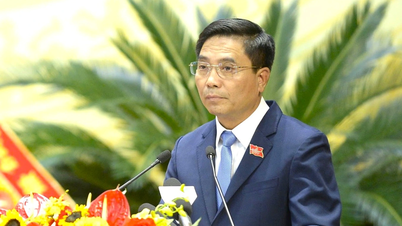
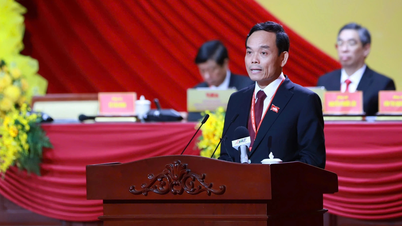

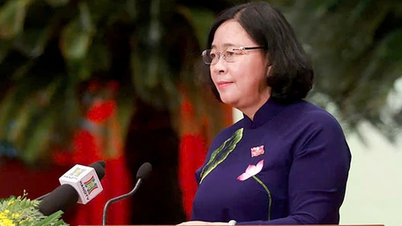

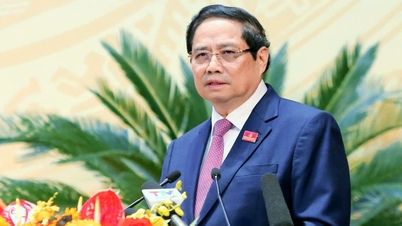
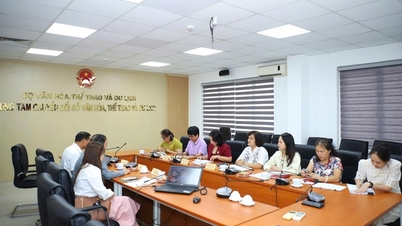

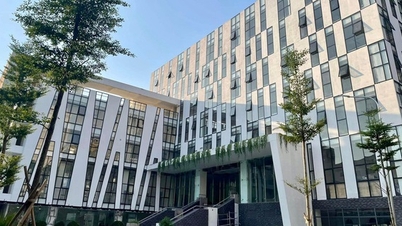
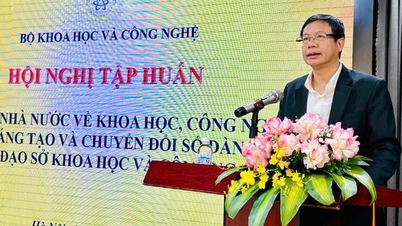

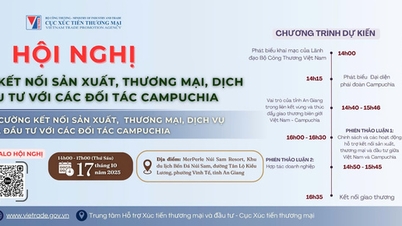


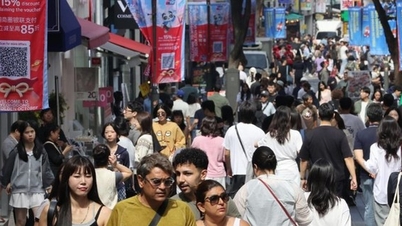
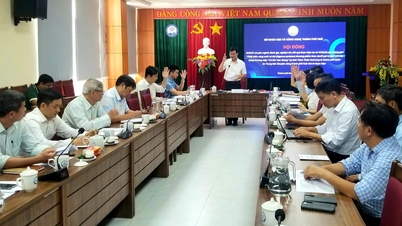

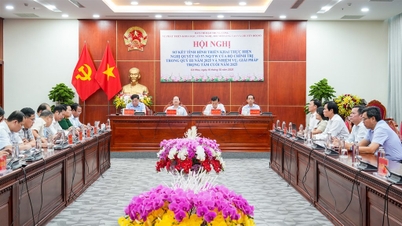




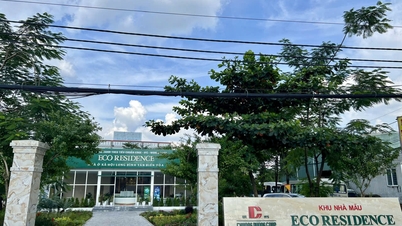

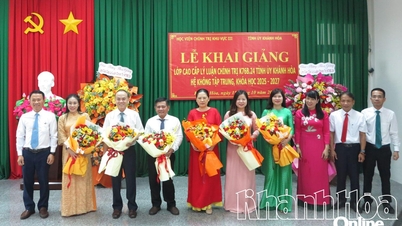















Comment (0)